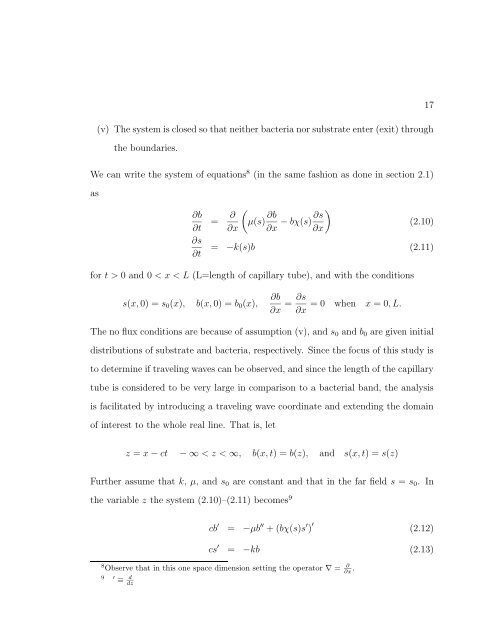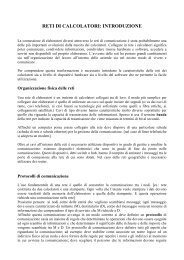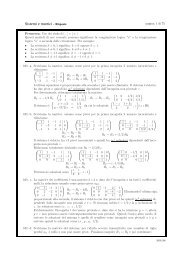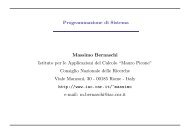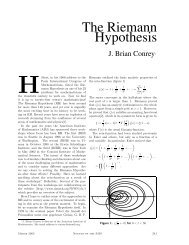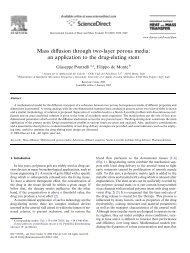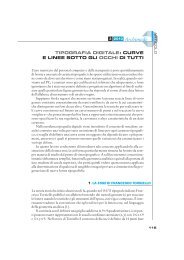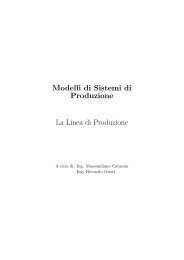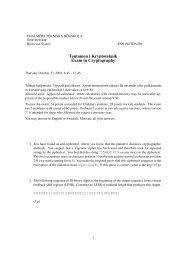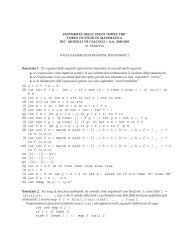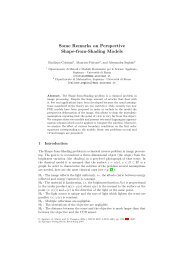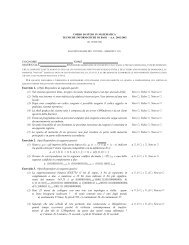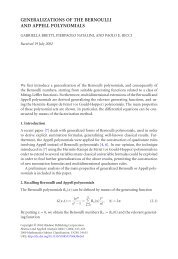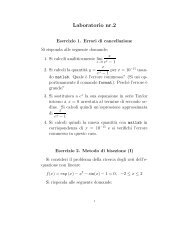A SHORT COURSE IN THE MODELING OF CHEMOTAXIS
A SHORT COURSE IN THE MODELING OF CHEMOTAXIS
A SHORT COURSE IN THE MODELING OF CHEMOTAXIS
Create successful ePaper yourself
Turn your PDF publications into a flip-book with our unique Google optimized e-Paper software.
(v) The system is closed so that neither bacteria nor substrate enter (exit) through<br />
the boundaries.<br />
We can write the system of equations 8 (in the same fashion as done in section 2.1)<br />
as<br />
∂b<br />
∂t<br />
∂s<br />
∂t<br />
�<br />
∂<br />
= µ(s)<br />
∂x<br />
∂b<br />
�<br />
∂s<br />
− bχ(s)<br />
∂x ∂x<br />
17<br />
(2.10)<br />
= −k(s)b (2.11)<br />
for t > 0 and 0 < x < L (L=length of capillary tube), and with the conditions<br />
s(x, 0) = s0(x), b(x, 0) = b0(x),<br />
∂b<br />
∂x<br />
= ∂s<br />
∂x<br />
= 0 when x = 0, L.<br />
The no flux conditions are because of assumption (v), and s0 and b0 are given initial<br />
distributions of substrate and bacteria, respectively. Since the focus of this study is<br />
to determine if traveling waves can be observed, and since the length of the capillary<br />
tube is considered to be very large in comparison to a bacterial band, the analysis<br />
is facilitated by introducing a traveling wave coordinate and extending the domain<br />
of interest to the whole real line. That is, let<br />
z = x − ct − ∞ < z < ∞, b(x, t) = b(z), and s(x, t) = s(z)<br />
Further assume that k, µ, and s0 are constant and that in the far field s = s0. In<br />
the variable z the system (2.10)–(2.11) becomes 9<br />
cb ′ = −µb ′′ + (bχ(s)s ′ ) ′<br />
(2.12)<br />
cs ′ = −kb (2.13)<br />
8 Observe that in this one space dimension setting the operator ∇ = ∂<br />
∂x .<br />
9 ′ ≡ d<br />
dz


